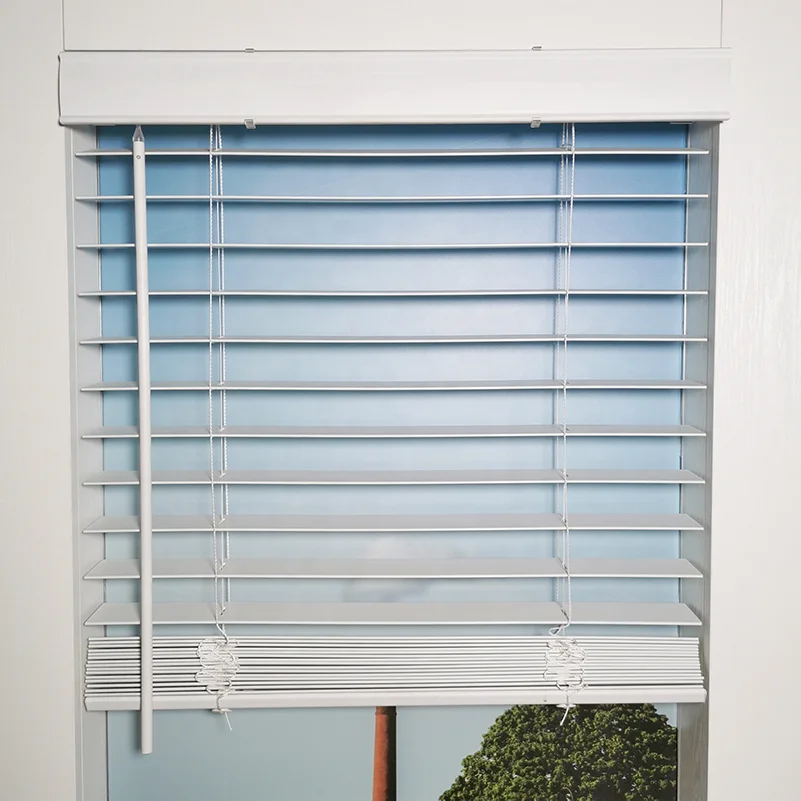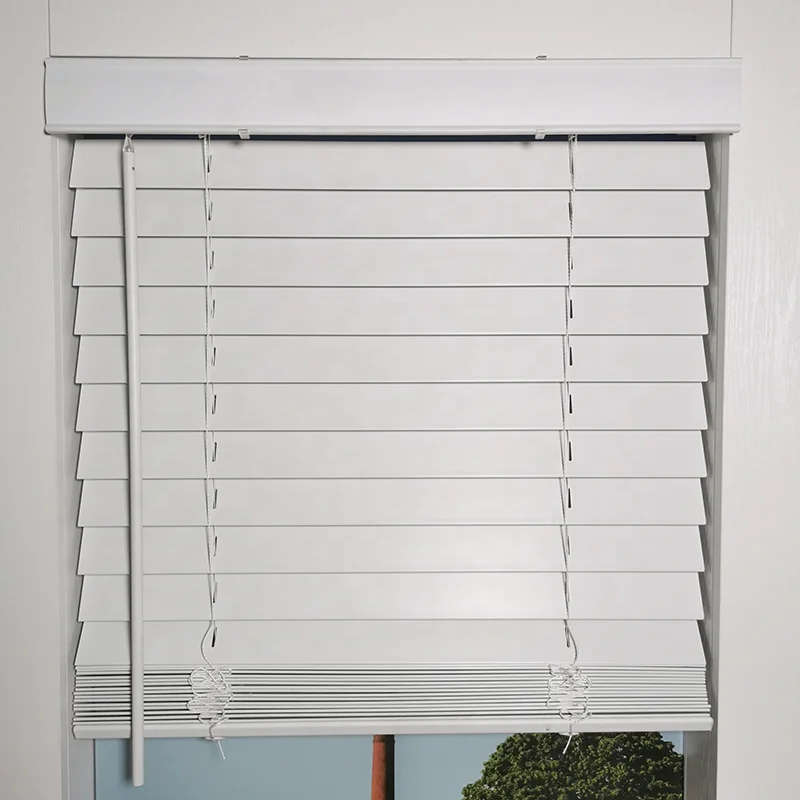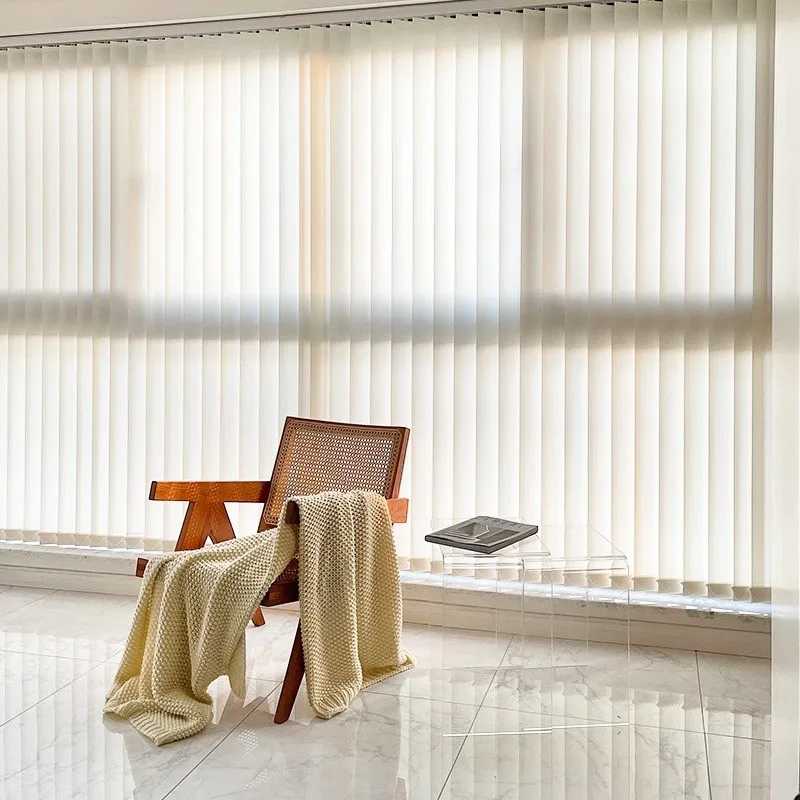Introduction to Venetian Blinds Maintenance
Maintaining Venetian blinds is easy with the right steps. They add elegance and control light in homes. Regular care keeps them working well and looking great. We’ll show you how to clean Venetian blinds simply and effectively. You’ll learn about the necessary tools and steps to keep your blinds in top condition. Proper maintenance can extend their life and ensure they always look their best.
Essential Tools and Materials for Blinds Cleaning
For effective blinds cleaning, having the right tools is key. Here’s what you’ll need:
- Feather duster or microfiber cloth: For dusting off loose dirt without scratching the slats.
- Vacuum with a brush attachment: To gently remove dust and debris from blinds.
- Mild dish soap: For creating a cleaning solution that won’t damage the blinds.
- Bucket or bowl: To mix the cleaning solution.
- Sponge or soft cloth: For applying the cleaning solution to the blinds.
- White vinegar (optional): A natural agent that tackles tough stains when mixed with water.
- Gloves (optional): To protect your hands during the cleaning process.
Before starting, review your blinds’ specific care instructions. This ensures that you’re using safe materials for their type. Combining these tools with the cleaning steps will result in spotless Venetian blinds.

Routine Dusting and Cleaning Techniques
Keeping Venetian blinds dust-free preserves their look and function. Establish a simple routine you can easily integrate into your regular cleaning. Here are steps to effectively rid your blinds of pesky dust:
Start with a soft tool: Use a feather duster or microfiber cloth for initial dusting. These gentle options prevent damage to the slats.
Gentle vacuuming method: Employ the brush attachment on your vacuum. This helps remove dirt from the blinds without applying too much pressure.
Wipe with damp cloth: Lightly moisten a soft cloth with water or a mild dish soap solution. Wipe each slat from top to bottom, dealing with stubborn spots.
Use vinegar for tough stains: For difficult stains, dilute white vinegar with water. Apply with a cloth to target stained areas. Always handle the blinds gently.
Be consistent with cleaning: Regular dusting, weekly or bi-weekly, maintains their appearance and prevents dust build-up.
By following these techniques, your Venetian blinds remain clean, with minimal effort. It’s simple: regular dusting keeps blinds looking fresh and working well.
Step-by-Step Guide for Deep Cleaning Venetian Blinds
Deep cleaning Venetian blinds lifts off more dirt and is vital for their upkeep. Follow this easy guide to get through the process quickly.
Before you start, ensure all tools and materials are ready. You’ll need a mild detergent, bucket, soft sponge, and clean towels for drying.
Step 1: Remove Blinds
Carefully take down the blinds. It makes cleaning easier and prevents window damage.
Step 2: Dust Off
Gently wipe dust from each slat with a microfiber cloth. Start at the top and work down.
Step 3: Mix Cleaning Solution
Combine warm water and a squirt of mild dish soap in a bucket. Stir well.
Step 4: Wipe Each Slat
Dip a sponge in the solution. Squeeze out extra liquid. Wipe slats clean, top down.
Step 5: Rinse Thoroughly
After wiping, rinse the blinds. A shower or garden hose works well for this step.
Step 6: Dry the Blinds
Lay slats flat on towels. Pat each one dry. Let air-dry if needed before rehanging.
Step 7: Reattach Blinds
Once dry, put the blinds back in place. Ensure they hang straight and secure.
Following these steps regularly keeps blinds in perfect shape and maintains their look.
Handling Different Types of Venetian Blinds
Caring for Venetian blinds varies by material. We’ll guide you on how to handle different types. Whether your blinds are wood, faux wood, or aluminum, there’s a right way to clean them.
Wooden Venetian Blinds
Wood blinds require gentle methods. Dust with a soft cloth or a feather duster. For stubborn stains, use a mix of water and mild dish soap. Avoid soaking wooden blinds to prevent warping or damage. Dry them promptly with a clean towel. Regular dusting maintains their elegant appearance.
Faux Wood Venetian Blinds
Faux wood is more resilient than natural wood. You can use a slightly damp cloth for cleaning. Mix water with a bit of mild detergent for heavier cleaning. Avoid harsh chemicals to keep the finish intact. After wiping, dry the slats completely with a soft cloth.

Aluminum Venetian Blinds
Aluminum blinds are durable and easy to clean. Use a duster or a vacuum with a soft brush attachment for regular cleaning. For deep cleaning, use a cloth dipped in soapy water. Rinse with water and a clean cloth afterward. Ensure they are completely dry before putting them back up.
By understanding how to handle different materials, you can keep any type of Venetian blind looking clean and stylish.
Reattaching and Final Touches after Cleaning
Once your Venetian blinds are clean and dry, it’s time to put them back up. To reattach the blinds, start by lining up the headrail with the brackets on your window frame. Slide the blind into place, ensuring each side clicks securely into its bracket. Double-check that the blinds lay flat and straight across the window. If they appear uneven, adjust them gently until they are correctly aligned.
For final touches, operate the blinds by raising and lowering them a few times. This helps confirm they are functioning smoothly. Check the cord or wand for ease of use. If it sticks or is difficult to move, a light spray of silicone lubricant on the mechanism can help.
Regularly perform these final checks after cleaning to maintain the proper working condition of your blinds. By ensuring your Venetian blinds are correctly installed and functioning, you’ll continue to enjoy their practical benefits and aesthetic appeal in your home.
Pro Tips for Prolonged Blind Cleanliness
Maintaining perfectly clean Venetian blinds not only enhances their appearance but also extends their lifespan. To help you keep your Venetian blinds clean for longer, consider these pro tips:
- Dust Regularly: Make it a habit to dust your blinds at least once a week. A quick swipe with a feather duster or microfiber cloth can prevent the buildup of dirt and dust.
- Protect From Moisture: If blinds are near a kitchen or bathroom, be alert. Moisture can cause damage. Wipe away condensation promptly to avoid mildew or warping, especially on wooden blinds.
- Avoid Direct Sunlight: Too much sun can fade and weaken blinds over time. Use curtains or adjust the angle to minimize direct exposure when the sunlight is most intense.
- Use Gentle Cleaners: Harsh chemicals can strip finishes and colors. Stick to mild soap and water for cleaning and always rinse well to remove any residue.
- Immediate Spot Cleaning: Tackle spills and stains right away. Use a cloth dampened with soapy water for cleaning. Waiting can make stains harder to remove.
- No Heavy Pressure: When dusting or wiping, go gently. Heavy pressure can bend or break slats. Use a light touch to keep shape and function intact.
- Check Mechanisms: After cleaning, test the raising and lowering function. Look for any sticking points. A little silicone spray can ease tension.
Applying these tips can keep your Venetian blinds looking fresh. Regular care avoids the need for deep cleaning too often. Clean blinds enhance the ambience of your space and provide continued functionality. Follow these best practices to cherish the beauty and utility of your Venetian blinds year-round.

Conclusion and Benefits of Clean Blinds
Maintaining clean Venetian blinds is more than just a chore for aesthetic appeal. It ensures that they function smoothly and last longer, preserving your investment. Clean blinds enhance the look of your space, control light effectively, and contribute to a healthy indoor environment by reducing allergens and dust. Investing time in regular cleaning, using the right techniques, pays off with blinds that look and operate like new for years to come.







